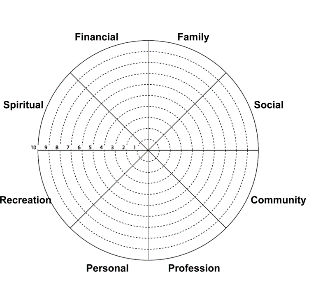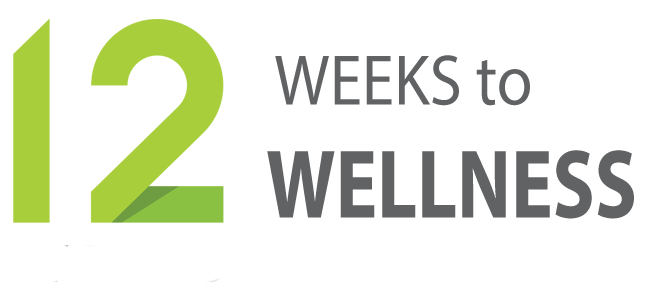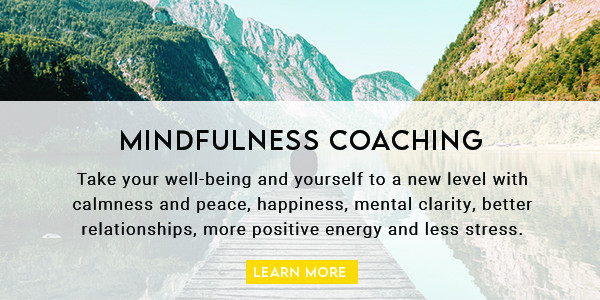
Did you know humans are the only species who project into the future? Worrying about what might happen or planning for what is next without being present in the now. Did you know that focusing on the future breeds anxiety? All other species, plants and animals collectively focus on the present, they go with the flow of the life cycle and truly thrive in the moment.
Striving for a perfect work-life balance can cause us to feel anxious and overwhelmed and it will set us up for failure. Sometimes we are focused on one or two areas in our lives, whether that’s for a day, a few months, even a year. But things change and our priorities and focus in life changes over time.
Balance creates less anxiety and is far more sustainable when it isn’t portrayed as a conflict of interest but as conscious choices based on our priorities at this particular time. It is more realistic to introduce the concept of integration or harmony; a healthy ebb and flow of daily hours devoted to work or what you might refer to as play.
There are two strategies that I use in my Coaching practice that help to address this problem; one is breathwork, and the other is the construct of the ‘Life Wheel’.
- Breathwork: Specifically, there is a breathwork technique called ‘boxed breathing’, the 4-4-4-4 method. The idea behind breathwork is that it calms the mind, slows the heart rate, takes away the visual stimulation and focuses on the inhale and exhale only. This is an example of how one could focus on the present and not entertain fleeting thoughts that can cause anxiety. To perform boxed breathing, one would take a slow inhale through the nose for a count of 4 seconds. Hold the breath for 4 seconds, exhale fully for 4 seconds from the mouth and pause for 4 seconds before taking another breath. For best results, it is recommended to do four or more cycles of this sequence. Breathwork is a resourceful way to calm an anxious mind/body.
- Life wheel: The second Coaching strategy that is helpful when trying to integrate the demands of work and home is to draw a life wheel like the example below. There are many ways to design the wheel and the categories could differ for each person; most important are the sections that represent the areas of your life in a day. There is a rating scale from 1-10, to shade in time spent in that category. For example, working long hours, coming home late to eat with no energy for the family or self-care; work scores 8, and family time scores 2. Completing all areas of the life wheel gives a visual of what one probably already knows to be true.

One can feel anxious knowing there is an imbalance and not knowing what to do. This can lead to burnout, not feeling energetic, experiencing ill-health or a partner/family member is complaining or feeling resentful. Having a visual of the situation on paper gets it out of your head and begins the process of awareness and contemplative change.
Decide what is most important to you in your life. We make decisions based on our core values and beliefs. Beliefs can be changed; however, values are set early on in life. To clarify, ask yourself a resourceful question such as “what is most important in my life?” What are the values that you base most of your life decisions on? Why is it important to have a healthy integration of work/life? When you ask a resourceful question, your brain usually responds with a resourceful answer.
Identifying the areas that need more attention, such as self-care, will promote greater health and well-being, giving you the energy and clarity to make incremental lifestyle changes. Some people can’t wait to take a vacation so they can feel relaxed, happy, and playful with no stress. What if you could have a life of meaning and thrive instead of surviving day to day. You could live a life you don’t need a vacation from!
Integrating all parts of your life requires an awareness of the imbalances that exist. The life wheel is useful in addressing the shifts that need to take place and where attention and focus must be placed. When one achieves a calmer state from the breathwork, clarity and focus help to determine how one wants to feel instead. Remember you are not your thoughts; a topic to unravel in a future article.
Author: Leah Ruppel

